The found footage style has carved out a significant niche in cinema, offering a raw and immersive experience that blurs the line between fiction and reality. This approach—framing the story as if recorded by the characters themselves—immerses audiences in the narrative, often heightening the tension and realism in ways that traditional filmmaking cannot. While primarily popularized by horror, it has also been effectively utilized in science fiction and thriller genres. Found footage films demand not only engagement from viewers but also innovation from filmmakers to ensure the authenticity of their stories.
From the genre-defining The Blair Witch Project to more recent entries, here are 10 unforgettable found footage films that perfected this unique art of storytelling.
1. The Blair Witch Project (1999)
No conversation about found footage begins without mentioning The Blair Witch Project. Widely considered the film that launched the modern popularity of the genre, it follows three film students exploring the mysterious folklore of the "Blair Witch" in the unsettling woods of Maryland.
By using minimalistic handheld cameras and dropping all backstory outside their filmed documentary log, the directors convinced audiences it might actually be real. The film’s simplicity—eerie nighttime recordings, rustling noises, and piled sticks—heightened its impact. Coupled with a clever marketing campaign that hinted at authenticity, The Blair Witch Project ingrained itself in pop culture as a haunting and trailblazing masterpiece.
2. Paranormal Activity (2007)
Paranormal Activity redefined horror by taking found footage inside the home. Instead of venturing into mysterious woods or haunted mansions, the film follows a couple documenting strange occurrences in their suburban home. By setting the camera in one spot, director Oren Peli created an impactful sense of dread, showing how ordinary spaces could turn sinister.
Each night, the camera bore witness to unsettling phenomena, including doors creaking, shadows lurking, and eventually terrifying confrontations. The minimalistic budget paired with atmospheric tension proved incredibly successful—Paranormal Activity became an instant phenomenon, birthing a lucrative franchise and inspiring many imitators.
3. Cloverfield (2008)
Cloverfield brought a sci-fi twist to the found footage genre, showing a New York City under siege by a monstrous creature. The fast-paced narrative, combined with shaky handheld cameras, created an immersive view of the panic and destruction caused by this catastrophic event.
Rather than focusing on the big picture, Cloverfield adopted a narrow lens, showing how ordinary citizens experienced extraordinary terror. Directed by Matt Reeves, the film’s success lay in its ability to combine epic spectacle with the intimacy of found footage, proving that the style could work beyond strictly horror.
4. [REC] (2007)
This Spanish horror film is a powerhouse of suspense and terror. Directed by Jaume Balagueró and Paco Plaza, [REC] centers on a TV reporter and her cameraman as they cover a routine firefighter call that spirals into chaos. Trapped inside an apartment building contaminated by a horrifying virus, they document the spread of violence and terror with unflinching intensity.
The confined setting and real-time pace of the narrative elevate the sense of claustrophobia and urgency. [REC] became highly influential for its innovative approach to zombies and was later remade in English as Quarantine (2008).
5. Chronicle (2012)
Chronicle takes a creative leap by blending found footage with superhero themes. The film follows three high school friends who gain telekinetic powers after discovering a mysterious object. Using handheld footage and personal recordings, the story tracks both their joy and eventual descent into tragedy as one of them spirals out of control.
What sets Chronicle apart is its emotional depth and the way it relates the characters’ powers back to their personalities and emotional struggles. By combining relatability with thrilling action, the film pushed the boundaries of what found footage could encompass.
6. The Visit (2015)
M. Night Shyamalan brought his signature touch of twists and psychological tension to The Visit. It follows two children who stay with their estranged grandparents for the week, documenting their uneasy interactions on camera. What begins as an awkward family reunion devolves into unsettling and genuinely creepy encounters as the grandparents’ behavior becomes increasingly erratic and horrifying.
The film expertly uses humor to build contrast before eventually descending into shocking revelations. By focusing on relatively small-scale scares, The Visit reinvigorates the found footage genre with Shyamalan’s unique style.
7. V/H/S (2012)
V/H/S is an anthology film that blends multiple found footage horror stories, each with its own subgenre and scares to offer. Beginning with a group breaking into a house to steal a mysterious videotape, the overarching narrative ties together a variety of bizarre and shocking footage.
The different storylines, directed by various filmmakers, include supernatural encounters, cursed creatures, and malevolent entities. This diversity not only keeps viewers on edge but also demonstrates the creative potential of blending found footage with anthology storytelling.
8. Trollhunter (2010)
This Norwegian film takes the fantastical approach of documenting a story few would believe—trolls are real and roaming the expansive Norwegian countryside. Combining dark humor with impressive special effects, Trollhunter follows a team of student filmmakers as they track down a gruff troll hunter.
What makes the film unforgettable is its ability to balance the absurd premise with genuine tension and excitement. The “found footage” perspective lends a sense of discovery and realism, even as the story ventures into folklore.
9. Host (2020)
Filmed and released during the COVID-19 pandemic, Host is a modern take on found footage, utilizing a Zoom call as its primary venue for horror. With friends attempting a virtual séance during quarantine, chaos ensues as they inadvertently summon a malevolent force.
What makes Host so impactful is its ability to exploit its format fully. Spanning just under an hour, every second is packed with suspense and clever scares, making it one of the most sharply executed uses of the found footage style in recent years. Its topical approach also tapped into the shared feelings of isolation and unease experienced during lockdown, making it a cultural touchstone for 2020.
10. The Last Exorcism (2010)
Blurring the line between documentary and horror, The Last Exorcism follows a disillusioned preacher who aims to expose fraudulent exorcisms. While documenting his supposed final ritual, he’s drawn into a case that may hold genuinely demonic forces.
This film distinguishes itself by playing with the audience’s expectations—what begins as a skeptic’s confrontation with superstition transforms into something far darker. The found footage framework enhances the believer-versus-skeptic tension, while its chilling climax leaves a lasting impression.
The found footage style succeeds because it invites the audience into the story as if they’re part of the unfolding events. The unpolished feel and “home video” aesthetic trick the mind, making the terror or tension more immediate and relatable. At its best, it transforms far-fetched scenarios—like alien invasions (Cloverfield) or haunted objects (Paranormal Activity)—into vivid, emotional experiences.
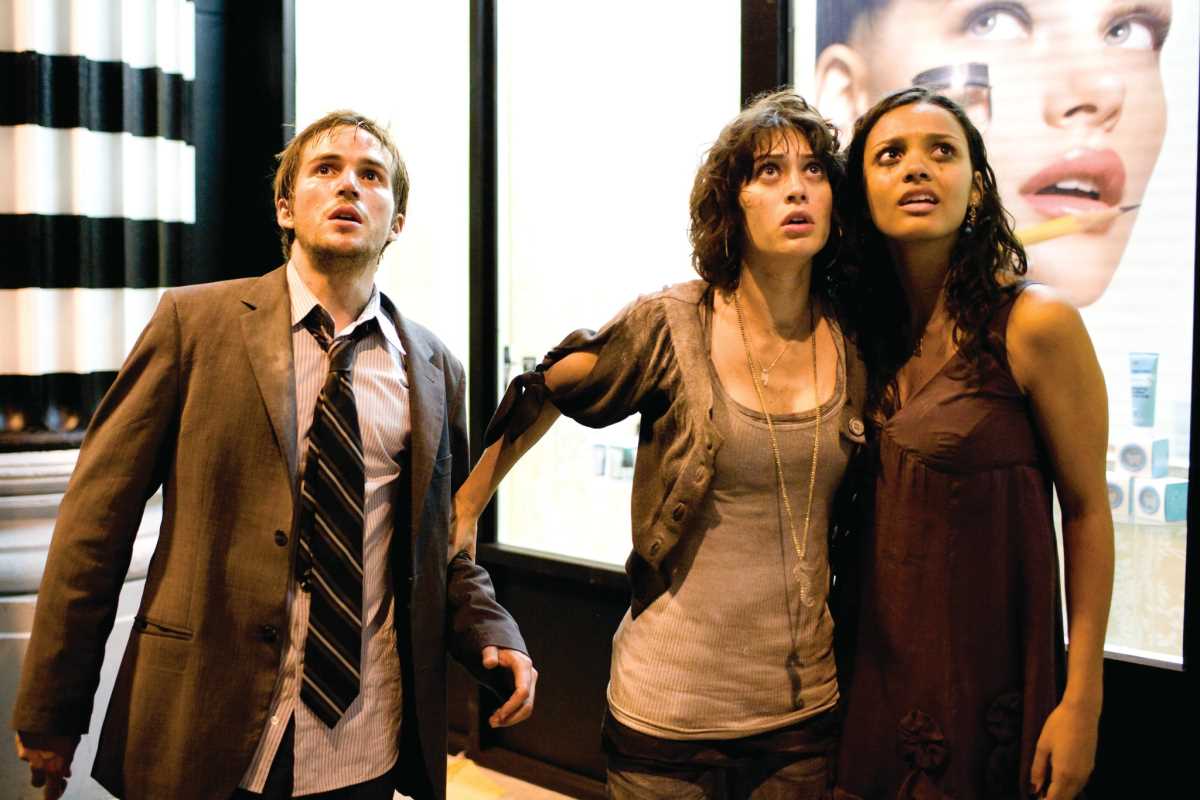 (Image via
(Image via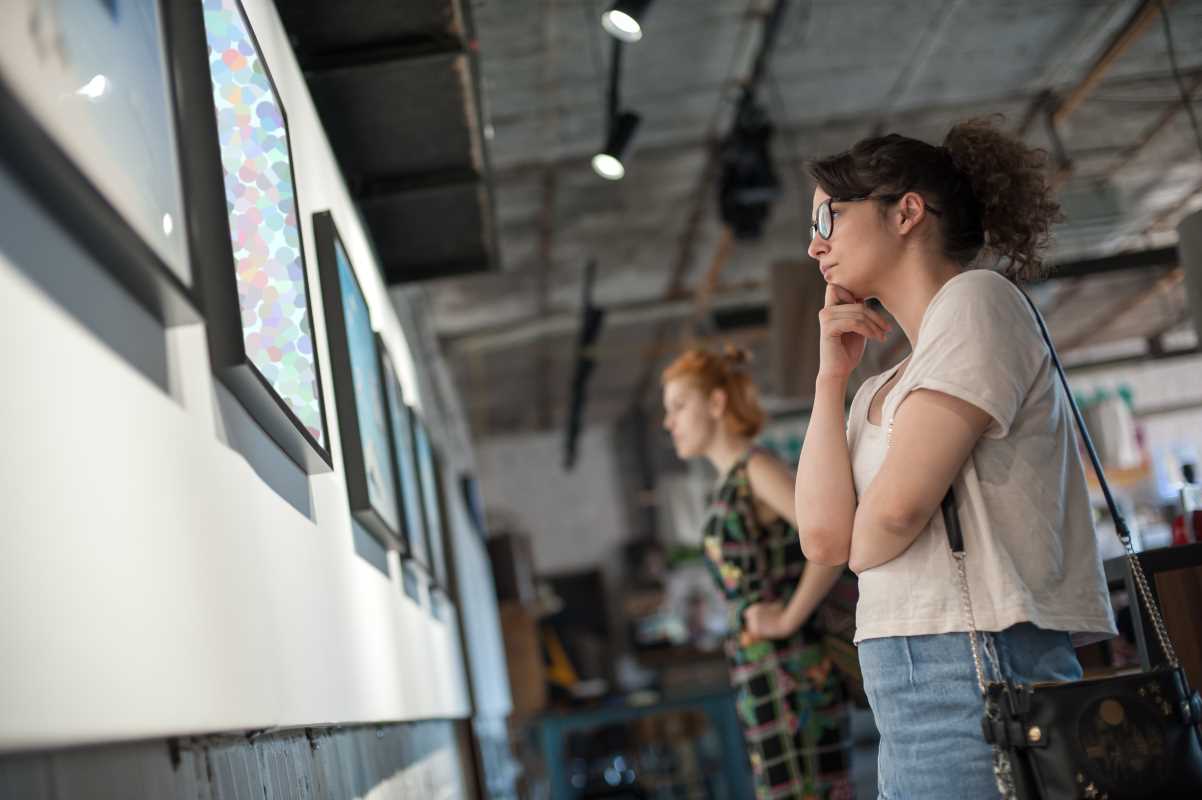

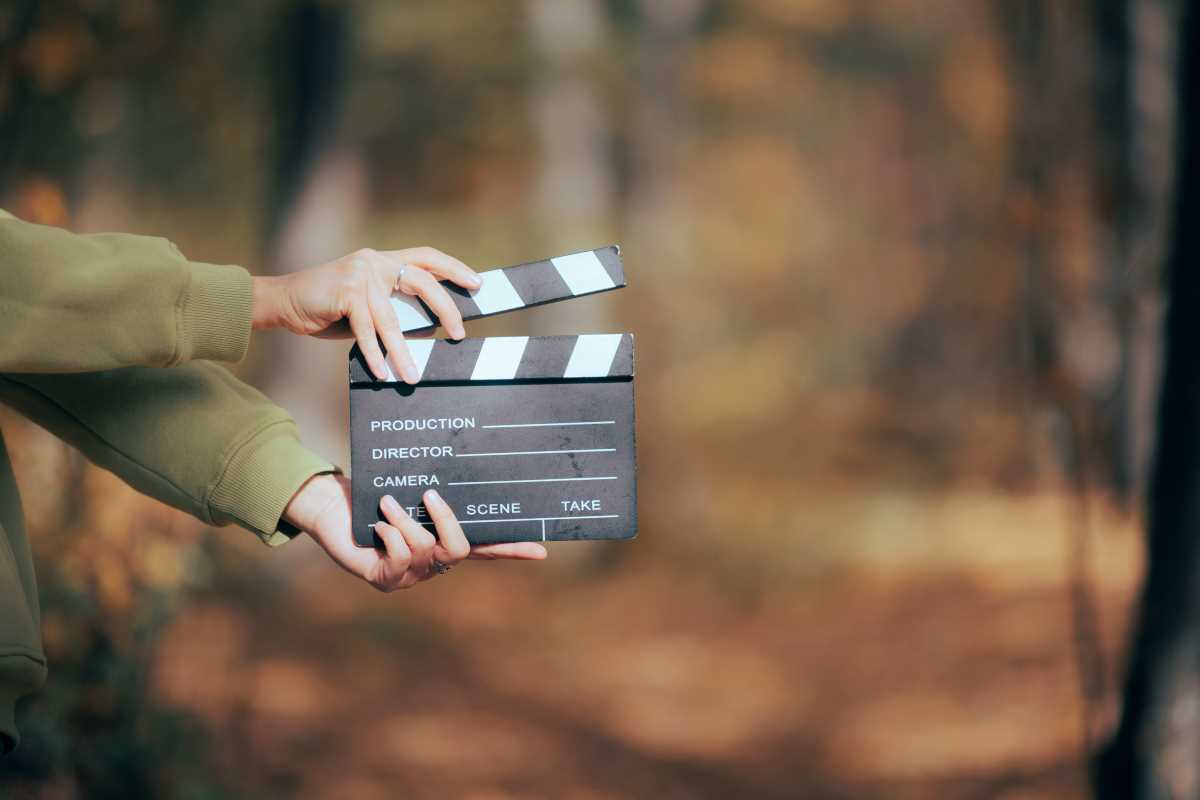
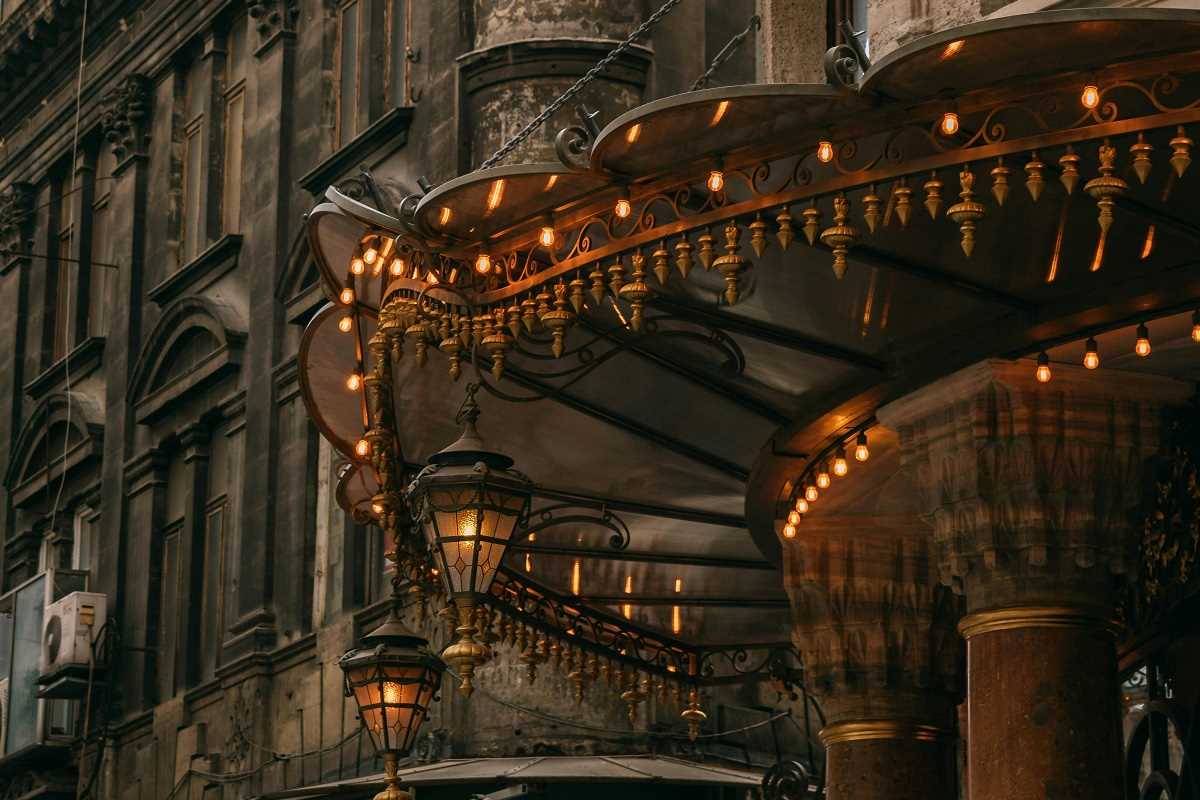
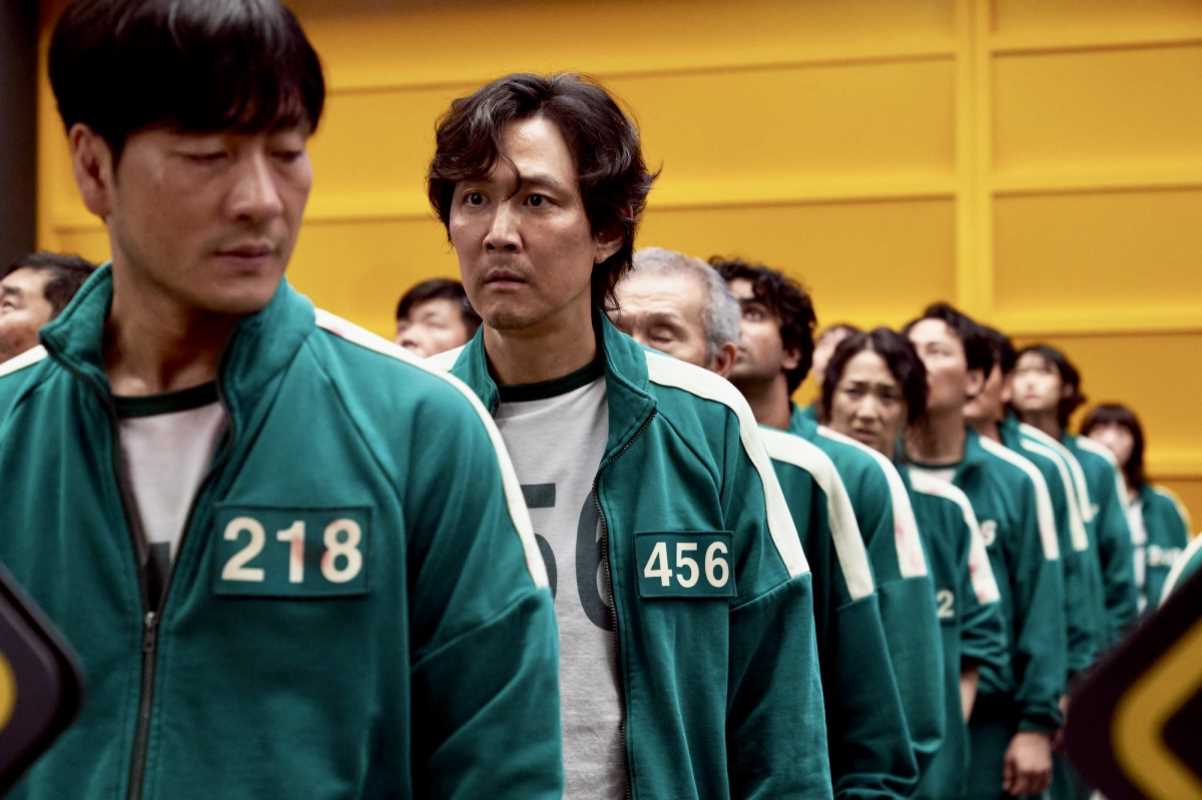
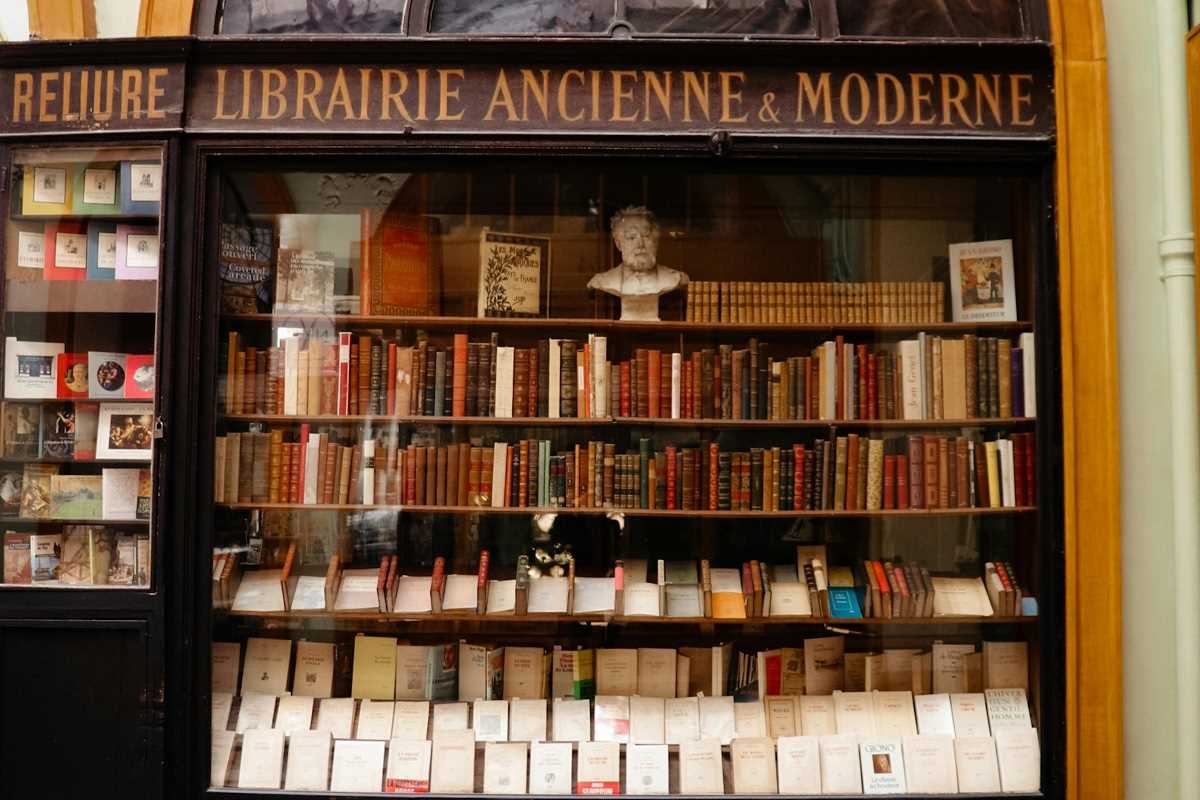
.jpg)